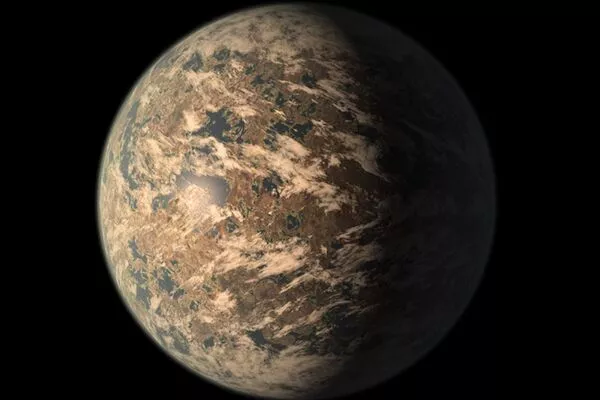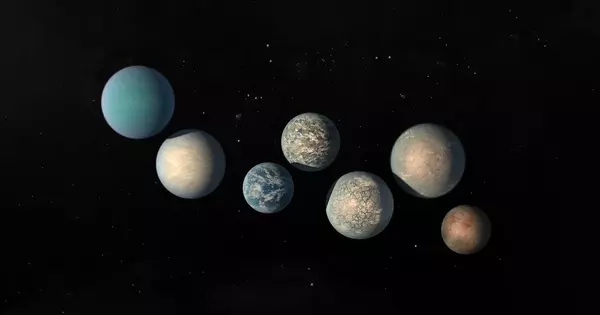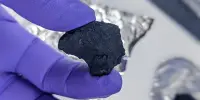A new device promises to reveal how the building blocks of life form in space. It simulates the formation of molecules in the freezing darkness of interstellar space. A device developed by scientists at CY Cergy Paris University and the Paris Observatory promises to shed light on how the building blocks of life form in space.
The scientists detail how VENUS – an acronym for the French phrase “Vers de Nouvelles Syntheses,” which means “toward new syntheses” – mimics how molecules come together in the freezing darkness of interstellar space in an article published in Review of Scientific Instruments by AIP Publishing.
“We try to simulate how complex organic molecules form in such a harsh environment,” said Emanuele Congiu, an astrophysicist at the observatory and one of the authors. “Many molecules can be seen in space by observatories. What we don’t fully understand is how they formed in this harsh environment.”
VENUS has a chamber designed to mimic the strong vacuum of space while maintaining a frigid temperature of less than minus 400 degrees Fahrenheit (10 kelvins). It employs up to five beams to deliver atoms or molecules onto a tiny sliver of ice while causing no disruption to the environment.
We try to simulate how complex organic molecules form in such a harsh environment. Many molecules can be seen in space by observatories. What we don’t fully understand is how they formed in this harsh environment.
Emanuele Congiu
According to Congiu, this process mimics how molecules form on ice that sits atop tiny dust particles found inside interstellar clouds. VENUS is the first device to replicate with more than three beams, allowing researchers to simulate more complex interactions.
Nearly 200 different molecular species have been discovered in star-forming regions of space over the last 50 years. Scientists believe that some of them, known as “prebiotic species,” are involved in the processes that lead to the emergence of early forms of life.

A key use of the VENUS device will be working in concert with scientists who discover molecular reactions in space but need a fuller understanding of what they have observed. It specifically mentions NASA’s launch of the James Webb Space Telescope, which is scheduled for 2021. The largest and most powerful space telescope ever launched, it is expected to dramatically expand scientists’ knowledge of the universe.
“What we can do in the lab in one day takes thousands of years in space,” Congiu said. “Our work in the lab can supplement the wealth of data from space observatories. Astronomers would be unable to interpret all of their observations if this were not the case. Researchers who make observations can ask us to simulate a specific reaction to see if what they think they see is real or not.”
NASA plans to send the first humans to Mars in the 2030s, but what if one of the crew members develops a serious health problem during such a long mission?
Unlike the International Space Station (ISS), where an astronaut can return to Earth for emergency medical assistance in a matter of hours, deep space voyages are a completely different proposition. To address this issue, NASA is planning to test a remote surgical robot called MIRA (miniaturized in vivo robotic assistant), a high-tech device with a main section equipped with two instrument arms that can be controlled remotely for minimally invasive surgeries.
















